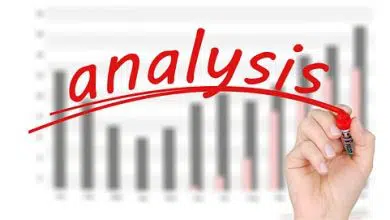Optimum Theory Of Population
Optimum theory of population implies the ideal size of the population which a country try should possess on the basis of its resources and technology. The word Optimum means the best and the most desirable size of a country’s population. When the population of country is neither too large nor too small, it is called optimum population. With a given amount of resources, state of technical knowledge and stock of capital, there will be a desirable size of population which the per capita income will be the highest.
The modern economists considered that a country is underpopulated when an increase in population leads to an increase in the per capita income. Similarly they considered that a country is over populated when an increase in population leads to a decrease in per capita income. They stated that population growth is essential for a country so long as it is under populated. Increase in population at this stage leads to the efficient utilization of factors of product ion, increase in standard of living and per capita income. But when a country is overpopulated, they argued, steps should be taken to reduce the increase in population to the optimum level. Hence the modern economists have preferred neither over population nor under population but optimum population for a country for achieving better standards of living and economic development. So, Optimum Theory Of Population is the Modern Theory Of Population.
The modern economists viewed that the available resource, capital equipment and technical knowledge could not be fully utilized when the population of a country is below the level of optimum population. This results in lessening the per capita income. Similarly, when a country has overpopulation above the optimum level; capital formation, economic development and per capita income remain less.
Diagrammatic representation of Optimum theory of population :
In the diagram size of population is measured along OX axis and per capita income along OY axis. AR is the curve showing the relationship between size population and per capita income.
 In the above diagram, as population increases, per capita income increases. Per capita income is highest at OM population. Later on, per income decreases with an increase in population. PR shows the downward slope of the per capita income. At OM level of population, the per income (ON) is the highest. When population increases beyond OM, per capita income falls slowly. Hence OM is the optimum population. If the population of the country is below OM . it is considered under populated. On the other hand, if the population is more than OM, it is considered overpopulated.
In the above diagram, as population increases, per capita income increases. Per capita income is highest at OM population. Later on, per income decreases with an increase in population. PR shows the downward slope of the per capita income. At OM level of population, the per income (ON) is the highest. When population increases beyond OM, per capita income falls slowly. Hence OM is the optimum population. If the population of the country is below OM . it is considered under populated. On the other hand, if the population is more than OM, it is considered overpopulated.
Optimum level of population not fixed:
It may be noted that optimum population is not a fixed and rigid number. In fact it is flexible and movable. It changes according to the changes in the amount of capital, state of technical knowledge and size of natural resources. Hence optimum population is not a static but a dynamic concept.
Dalton’s formula on Optimum level of population:
The following formula was given by Prof. Dalton to know the optimum population of a country.
M=(A —O)/O
- M stands for maladjustment or deviation from optimum population
- A for actual population
- O for optimum population.
If M is negative, the country is underpopulated and if M is positive, the country is overpopulated. If ‘M’ is zero, the country has optimum population.
Acceptance of the Optimum theory of population :
The optimum theory of Population is an important theory of population stated by modern economists like Edwin Cannan, Dalton and others. The modern economists have rejected the Malthusian theory of population on several grounds. Instead they have proposed the idea of optimum theory of population for many reasons.
Criticism of Optimum theory of population:
The optimum theory of population has been criticized by many writers.
1. Little practical utility: This theory mentions the optimum size of Population which a country should possess. But it is not possible to exactly determine and fix the optimum size of population. This is due to the fact that optimum population varies with the changes in the resources of the country.
2. Not considered as a population theory: Optimum theory of population fails to explain the nature and causes of increase in population of a country. It simply states whether a country is over or under populated at a given time. Hence this theory is not considered as a theory of population.
3. Ignores non-economic aspects of population problems: This theory considered economic aspects of population problem only. It ignores the political, social and biological aspects of population problems.




